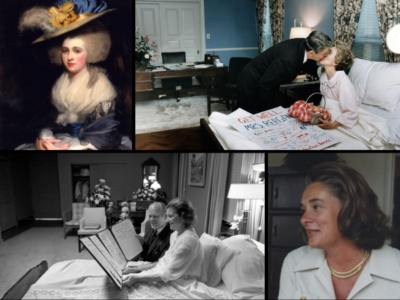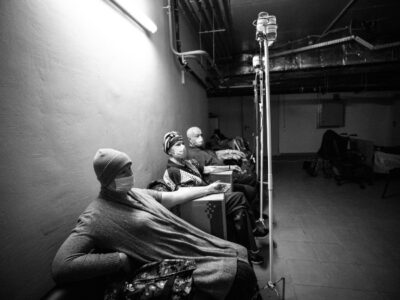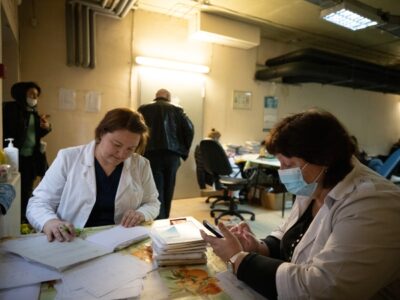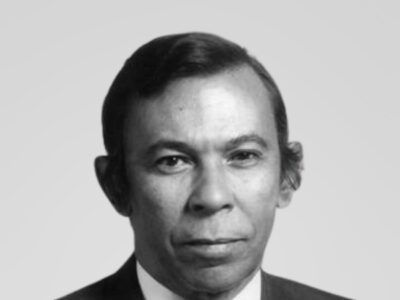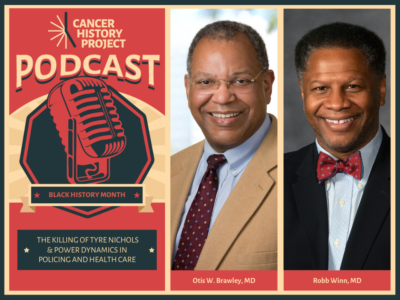Breast cancer history is closely tied with the treatment of the most prominent non-elected political person in the country, the First Lady.
Over the past year, dozens of Ukraine’s female oncologists, who—unlike draft-age men—aren’t restricted from leaving the country, have been receiving training in Western countries, including the United States.
Russia’s invasion a year ago has exacerbated the problems that afflicted Ukraine’s health care system, creating a new threat to the lives of patients struggling with cancer.
In 1991, Ukraine started to transform its healthcare system, and these changes continue to this day.
By Robert A. Winn, MDDirector and Lipman Chair in Oncology, VCU Massey Cancer Center,Senior associate dean for cancer innovation, VCU School of Medicine,Professor, Division of Pulmonary Disease and Critical Care Medicine,Virginia Commonwealth University;Guest editor, The Cancer History ProjectAsk members of the oncology community about the Howard University Cancer Center (HUCC), and more than 70 years later they will more than likely mention the man who laid the foundation for it.
On March 7, join Stacy Wentworth, Mirelle Luecke, and Karen Tumulty, in a free virtual panel discussion about Betty Ford and Nancy Reagan—two First Ladies who made history when they were diagnosed with breast cancer while in the White House.
The following is an excerpt from How We Do Harm: A Doctor Breaks Ranks About Being Sick in America, by Otis W. Brawley, MD, with Paul Goldberg, published in 2012.
On May 25, 2020, George Floyd said “I can’t breathe” more than 20 times before he suffocated on a street in Minneapolis. On Jan. 7, 2023, Tyre Nichols repeatedly screamed, “Mom, mom, mom” as he was beaten to death on a street in Memphis.
Richard Silvera is working to build trust between doctors Bronx communities that have a heavy burden of anal cancer.
Nearly three years ago, Robert A. Winn and Otis Brawley provided their unforgettable personal perspectives on the murder of George Floyd by Minneapolis police.


